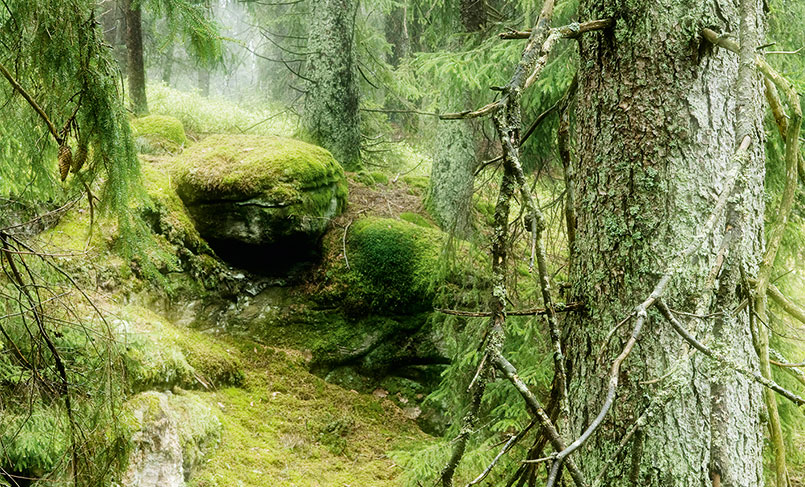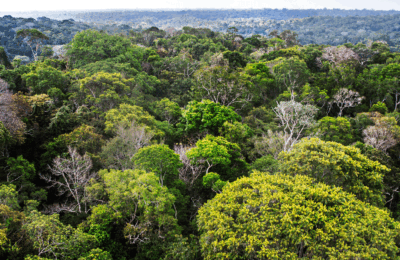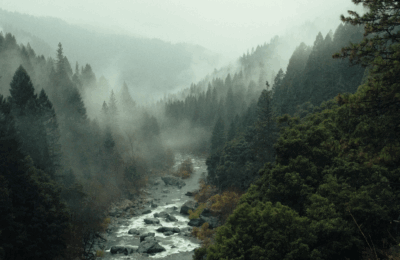While the US outdoor industry and its role in the public lands debate has been making headlines, the European outdoor industry is also engaged in nature conservancy – though here preferring financial support over direct activism.
“Conservation should be the core of all outdoor brands. Protecting nature is not only a good thing, it is something we as a business are dependent on,” maintains Christoph Centmayer, Sustainability Manager for Bergans of Norway.
Fortunately, this maxim has gained widespread support within the outdoor industry. Brands chipping in to various conservation pots has become virtually standard practice, where organizations like the European Outdoor Conservation Association (EOCA), the Conservation Alliance, and 1% for the Planet engage in conservation projects and advocacy on behalf of their members.
Centmayer points out that while taking direct responsibility for the social and sustainability of products is the natural domain of a company’s internal operations, when it comes to conservation advocacy “it’s a question of what kind of leverage a brand actually has alone.”
This is partly why pooling the resources of the entire industry into organizations like the EOCA has been the modus operandi for Bergans and many others. It’s also considered the strategy that leaves the job to the pros. As Tanya Bascombe, General Manager at EOCA explains:
“Companies do not need extra time and staff to look for, evaluate, monitor and manage projects themselves.”
Bascombe also notes that some brands choose to go it alone, and as far as she’s concerned there’s no reason why these two tactics cannot coexist:
“At the end of the day, all the money is going into conserving and looking after our wild spaces, which is the ultimate goal!”
Examples of projects supported by EOCA:

1. Batumi Raptor Trail Project
An effort to stave off illegal hunting of Georgia’s raptors by increasing their value for the locals.
Photo: Kalle Meller

2. Protecting old-growth forest
Half of Sweden’s threatened species are dependent on old growth forest but only 3.8% of forest is currently protected.
Photo: Jukka Lausmaa

3. Mountain Wilderness Project
A team of volunteers work to remove obsolete installations from the Alps.
Photo: Emilien Maulave













Sorry, the comment form is closed at this time.